How Clara Bow, Hollywood’s First It Girl, Became The Muse For Taylor Swift
Clara Bow, known as Hollywood’s first It Girl, lived a glamorous and deeply troubled life. In the 1920s, she embodied the spirit of the flapper girl with a career that spanned 57 films, including the challenging transition from silent movies to talkies.
Yet, beneath the glittering surface of her success, Clara’s life was marked by personal struggles that she could never fully escape. She often felt out of place in the world she had worked so hard to enter.
As she once said, “All the time the flapper is laughing and dancing, there’s a feeling of tragedy underneath. She’s unhappy and disillusioned, and that’s what people sense.” This sense of inner turmoil haunted Clara throughout her career.
Her story highlights the harsh realities of fame, a theme that resonates today. Taylor Swift’s tribute to Clara in “The Tortured Poets Department” underscores how these challenges persist for women in the spotlight.
Who was Clara Bow?

Clara Bow was born in 1905 in Prospect Heights, Brooklyn. She was raised by a schizophrenic mother and an alcoholic father.
Her early years were marked by extreme poverty, neglect, and abuse. As she later recalled, “I never had any clothes. And lots of time didn’t have anything to eat. We just lived, that’s about all.”
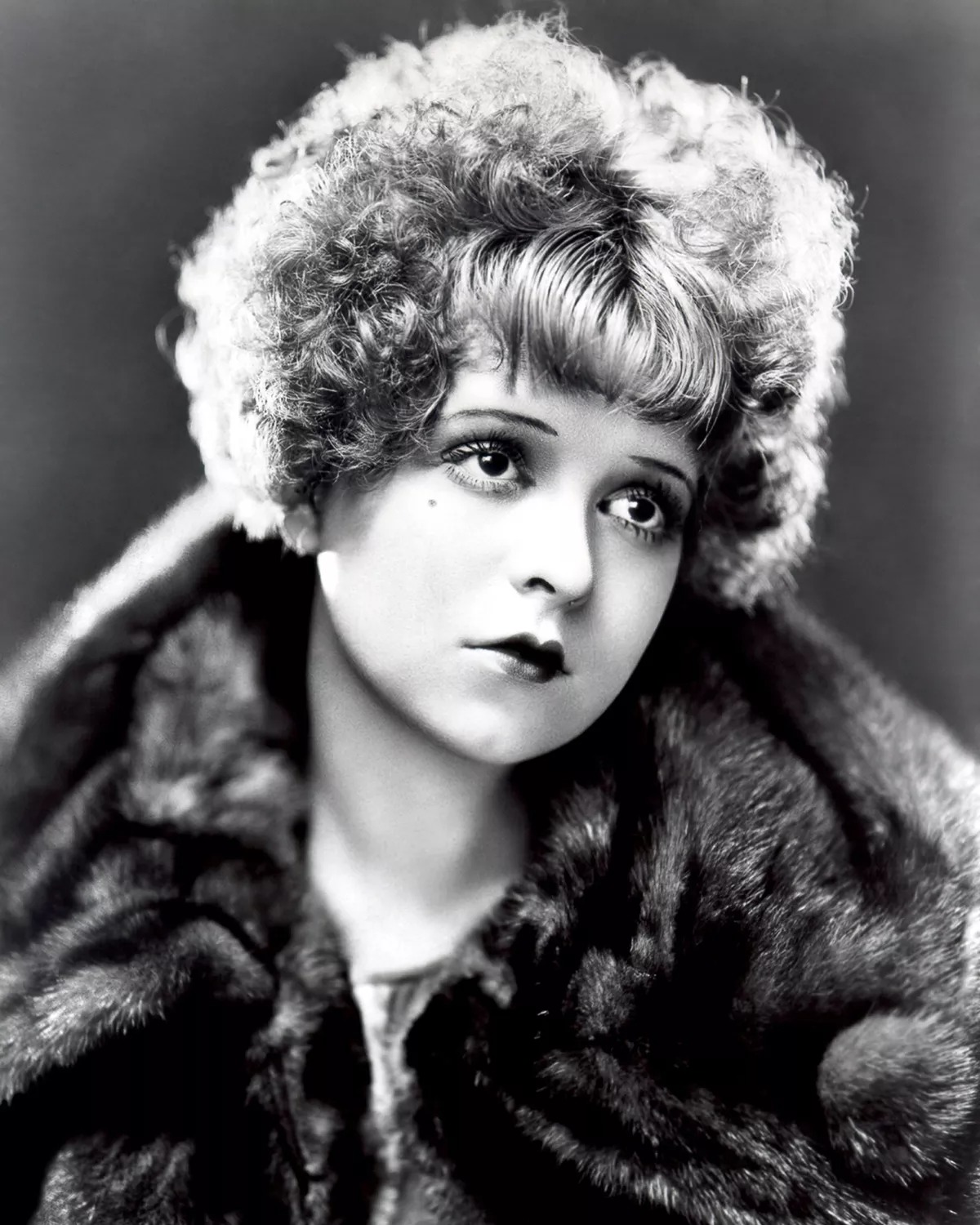
Despite these challenges, Clara found a glimmer of hope at the age of 16. In 1921, she entered a beauty contest advertised in a magazine, a contest that promised “fame and fortune” to the winner.
To her surprise, she won, earning a small role in the 1922 film “Beyond the Rainbow.” Though her scenes were ultimately cut, this opportunity set her on a path toward stardom.

Clara dropped out of school to chase her dreams in Hollywood, but her journey was not easy.
How she became the first IT girl
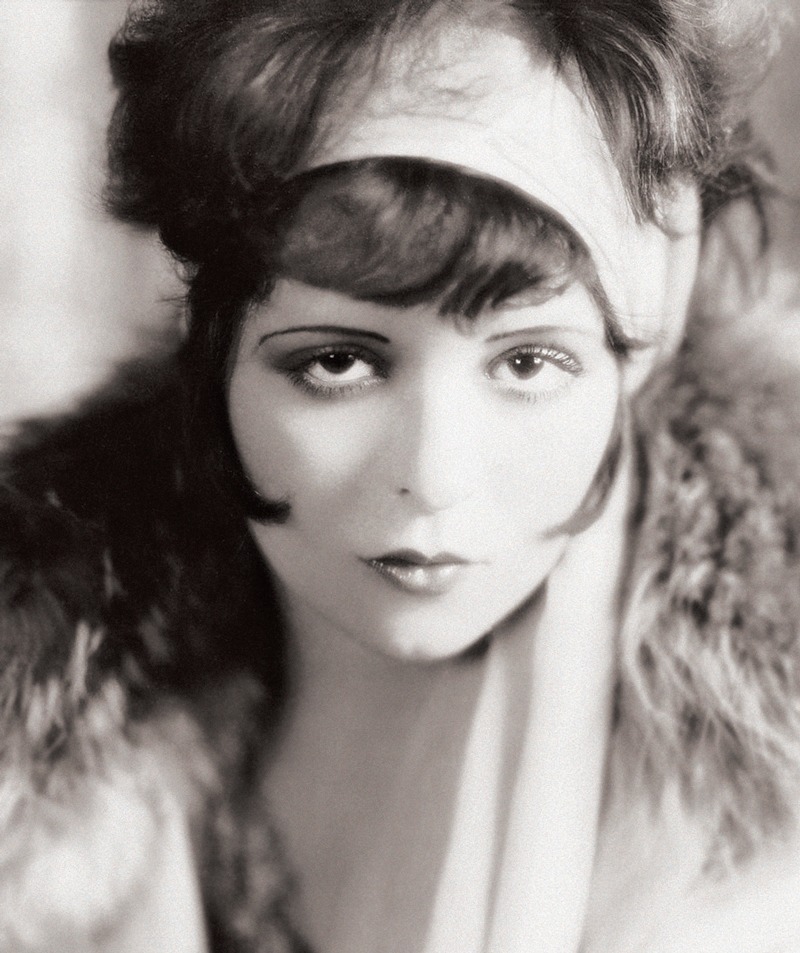
Winning a magazine contest was just the beginning for Clara Bow, but it didn’t immediately launch her to stardom. Despite her ambition, she had to compete fiercely for auditions and bit parts.
Even after winning a talent contest where a judge praised her, saying, “She screens perfectly,” Clara didn’t land a movie contract. She recalled, “There was always something. I was too young, or too little, or too fat. Usually, I was too fat.”

Within a few years, she secured a contract with Paramount Pictures, where she began to shine in silent films. On screen, Clara exuded confidence with her modern bob haircut and charming cupid’s bow mouth.
As historian Mackrell noted, “For the hundreds of thousands of women going to the cinema every week, she was a role model. Before that time, those role models wouldn’t have been available, but cinema gave a huge critical mass of women a notion of themselves as liberated.”
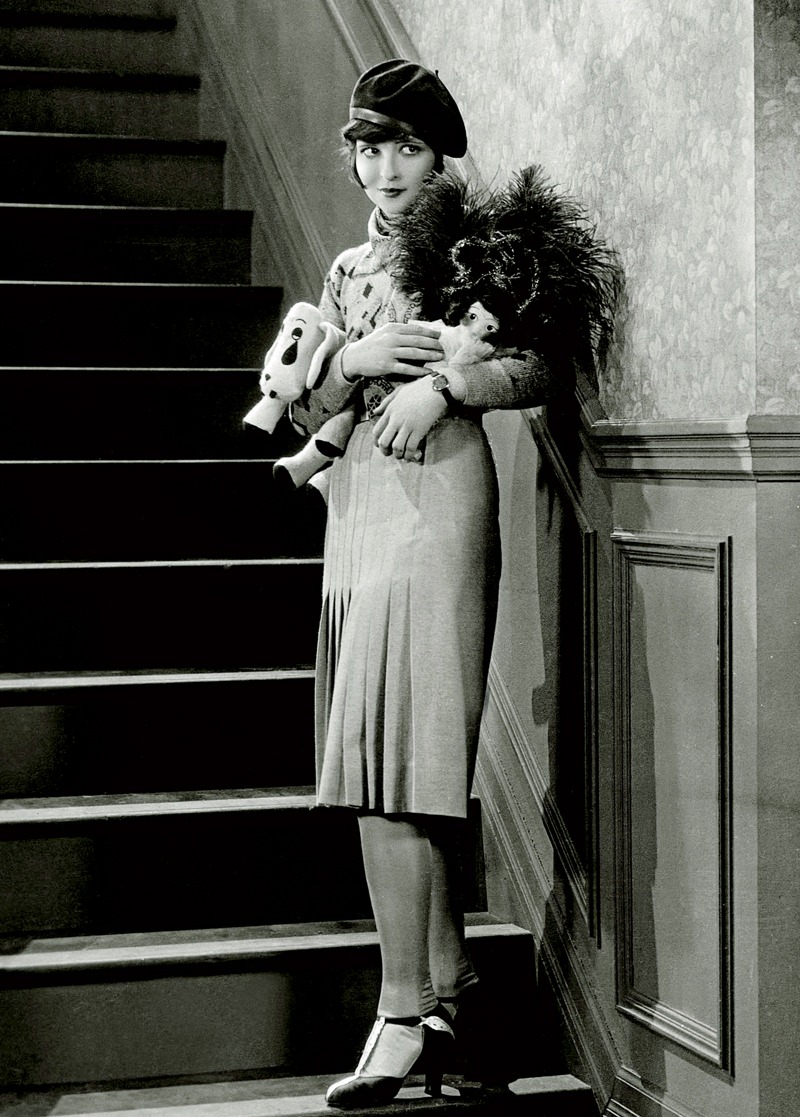
In 1927, Clara Bow starred in “It,” the film that defined her career. The romantic comedy centered on a store owner seeking a woman with “It,” a quality described by Elinor Glyn as “self-confidence and indifference as to whether you are pleasing or not.”
Clara embodied this charm perfectly and earned the title of “The It Girl” as fan mail poured in.
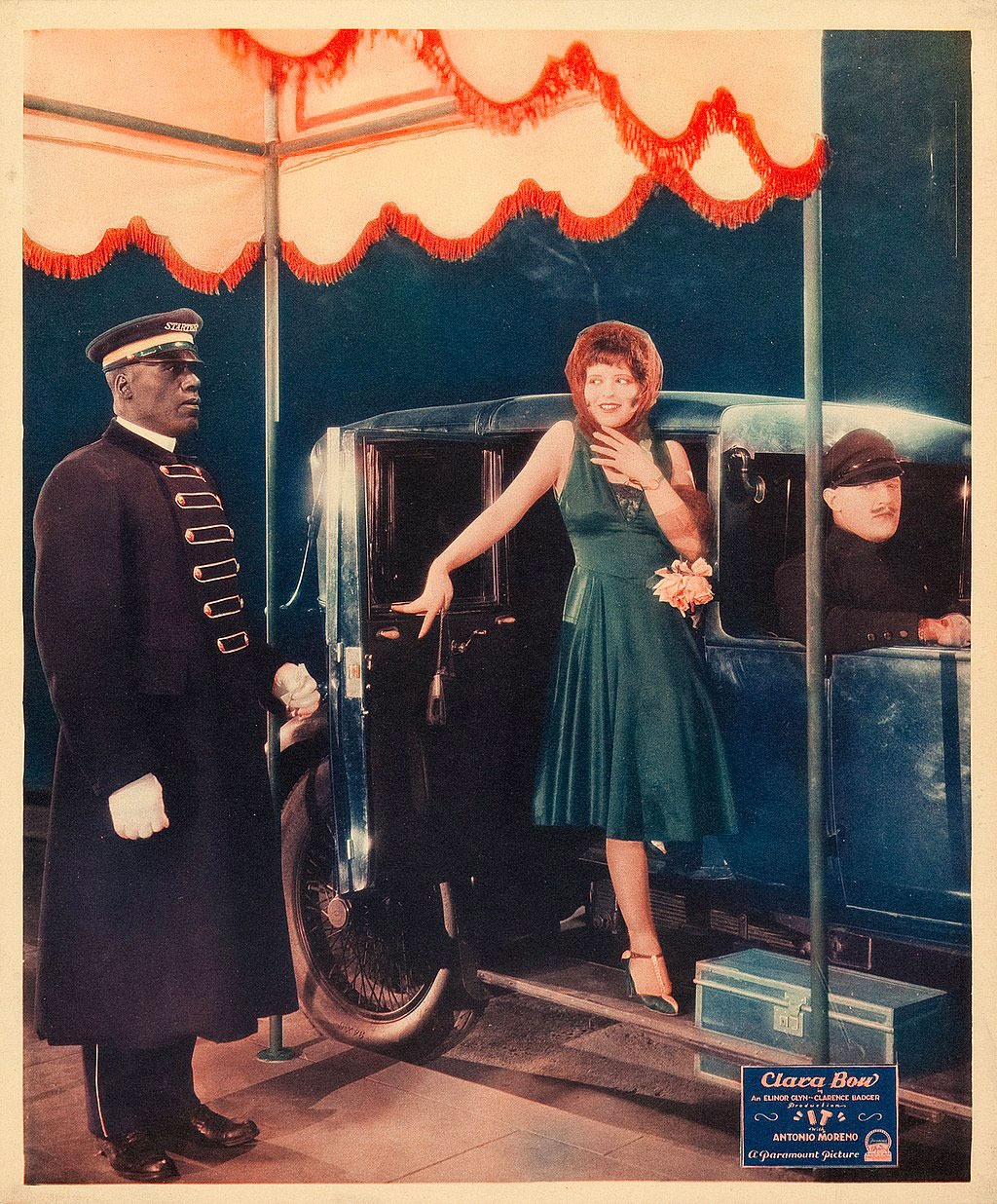
During the peak of the silent film era, Clara worked tirelessly. At 20, she appeared in 15 films in 1925 and starred in “Wings,” the first film to win the Academy Award for Best Picture.
But Clara wanted more than to be known as a flapper or It Girl. “I want to be known as a serious actress, and not as an It Girl,” she insisted. Sadly, she never got that chance, as her career would forever be tied to the image she had so brilliantly created.
The tragic side of the flapper
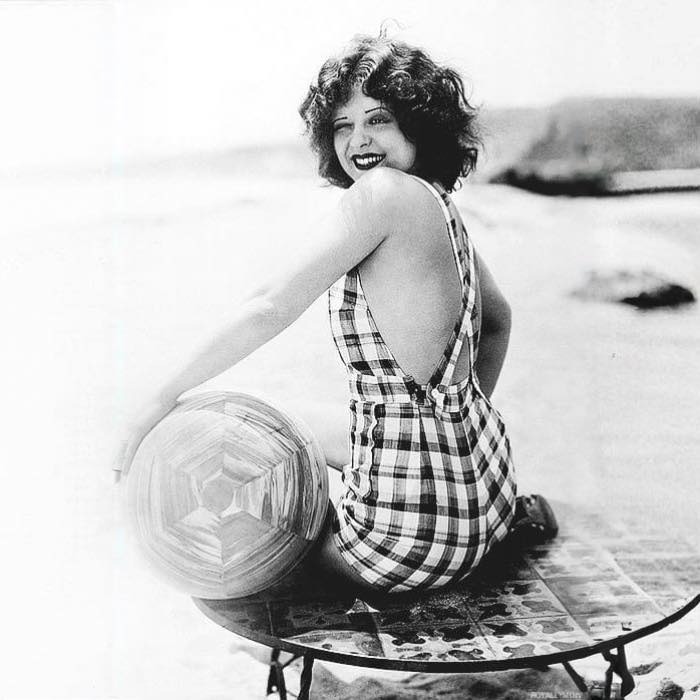
The relentless pressure of Hollywood wore Clara down. According to Elaine Shepherd, who produced a BBC4 documentary on Bow, the studios exploited her, and gossip magazines spread cruel lies.
Shepherd explained, “The studios were working her to death… Executives were trying to exploit her as much as possible.”
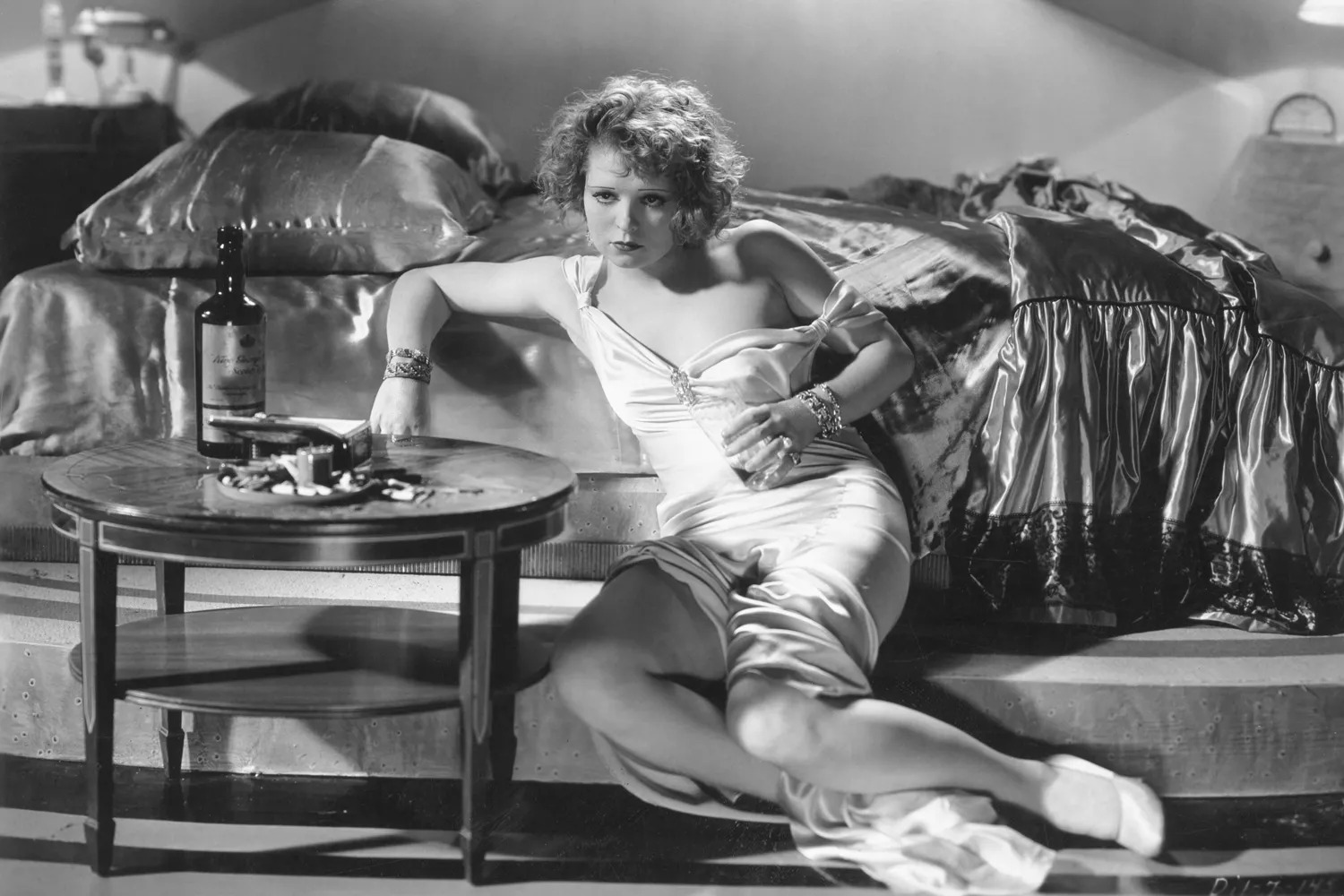
Tabloids eagerly covered her personal life and romantic relationships. Her boldness is described by The Guardian as “much more brazen” than her peers.
At one party, she famously kissed a married judge and quipped, “If he likes all that modern stuff, how come he’s such an old stick-in-the-mud?”
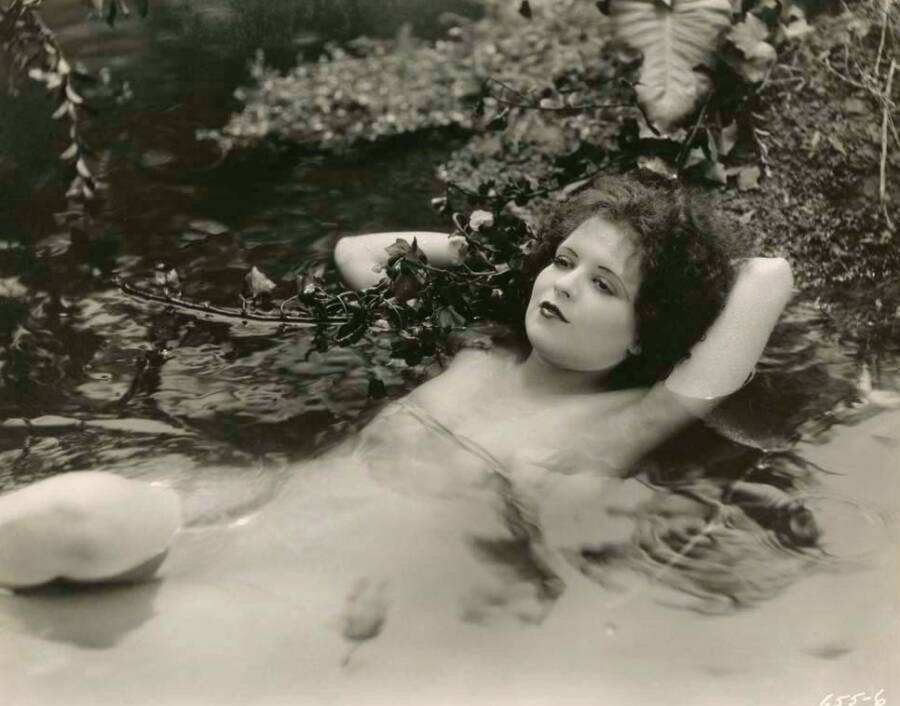
Fellow actress Lina Basquette noted, “She wasn’t well-liked amongst other women in the film colony,” because Clara didn’t hide her life like others did.
Clara herself admitted, “I’m a curiosity in Hollywood. I’m a big freak, because I’m myself!”

In Hollywood, Clara was often treated as a social outcast. To the more refined stars, she was viewed as a poor girl from Brooklyn, lacking the sophistication they valued.
Despite the scandal, she had her star on the Hollywood Walk of Fame.
Clara Bow’s later life

At 28, Clara Bow filmed her final movie and retired from Hollywood. She reflected on her career, “I’m just the whipped cream on top of the pie. I don’t want to be remembered as somebody who couldn’t do nothin’ but take her clothes off.”
The relentless fame and criticism took a heavy toll on her, leading to mental health struggles similar to those her mother faced.
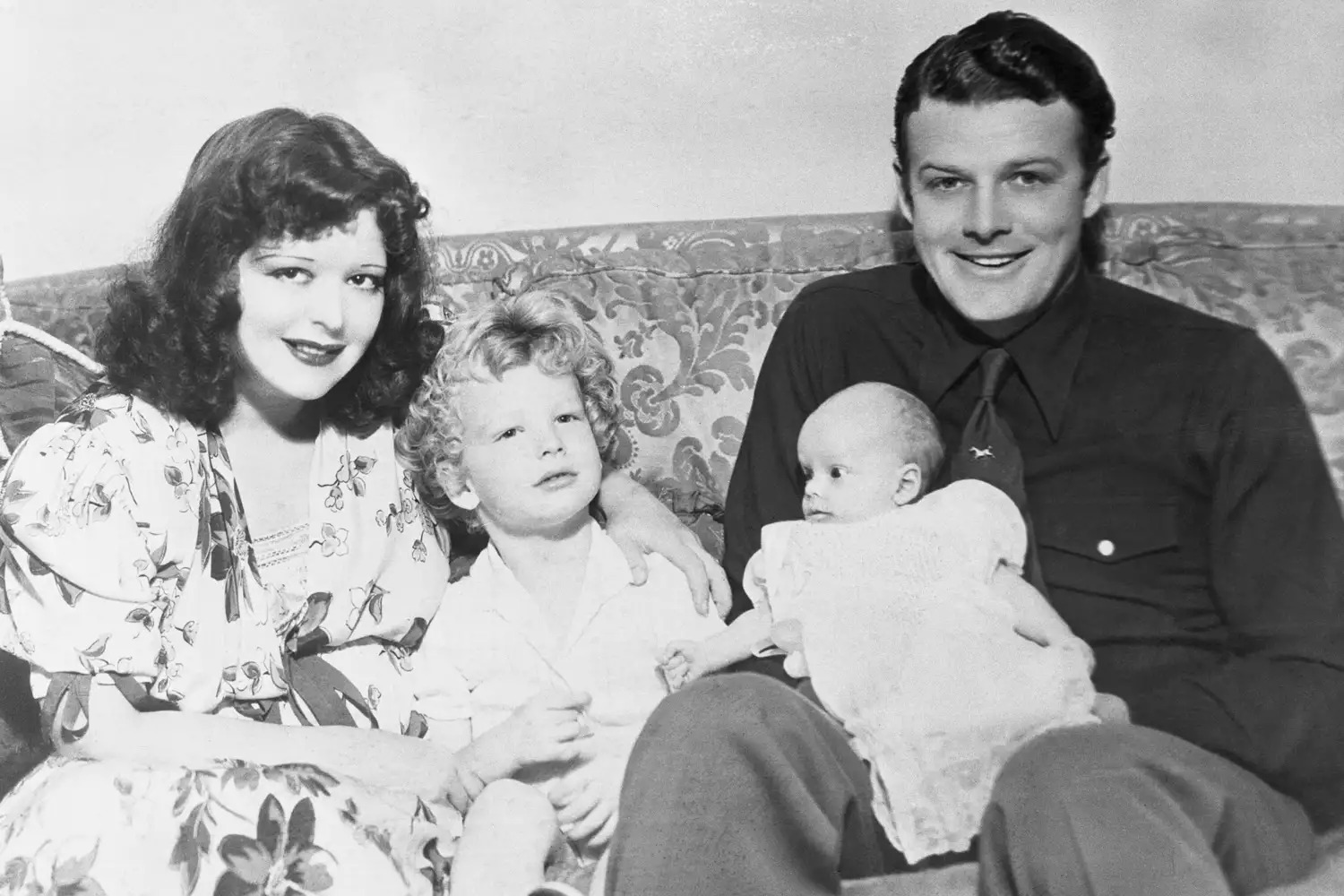
Clara retreated to a Nevada cattle ranch to live a quiet life with her husband, Rex Bell, and their two sons. In her later years, she battled depression and anxiety, and in 1965, she passed away from a heart attack at the age of 60.
How Clara Bow inspired Taylor Swift’s music
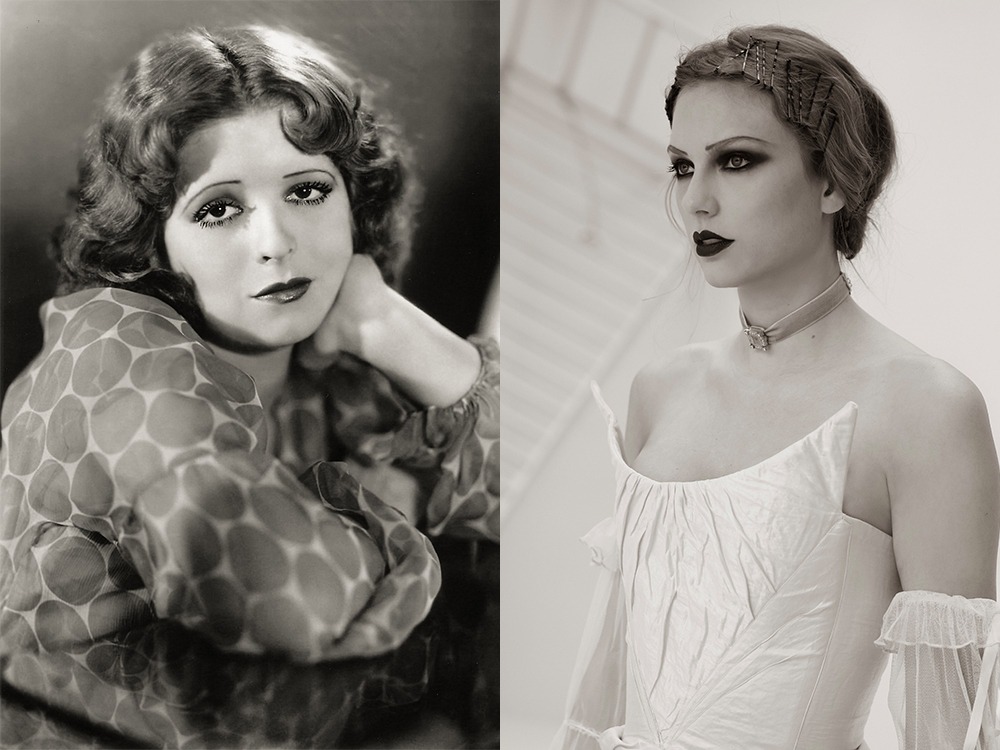
In the song “Clara Bow” from “The Tortured Poets Department,” Taylor Swift subtly compares the challenges of fame she faces with those experienced by Clara Bow.
Swift sings, “You look like Clara Bow / In this light, remarkable / All your life, did you know / You’d be picked like a rose?”. She also reflects on how beauty and success can be overwhelming, describing it as a “beast that roars down on all fours.”
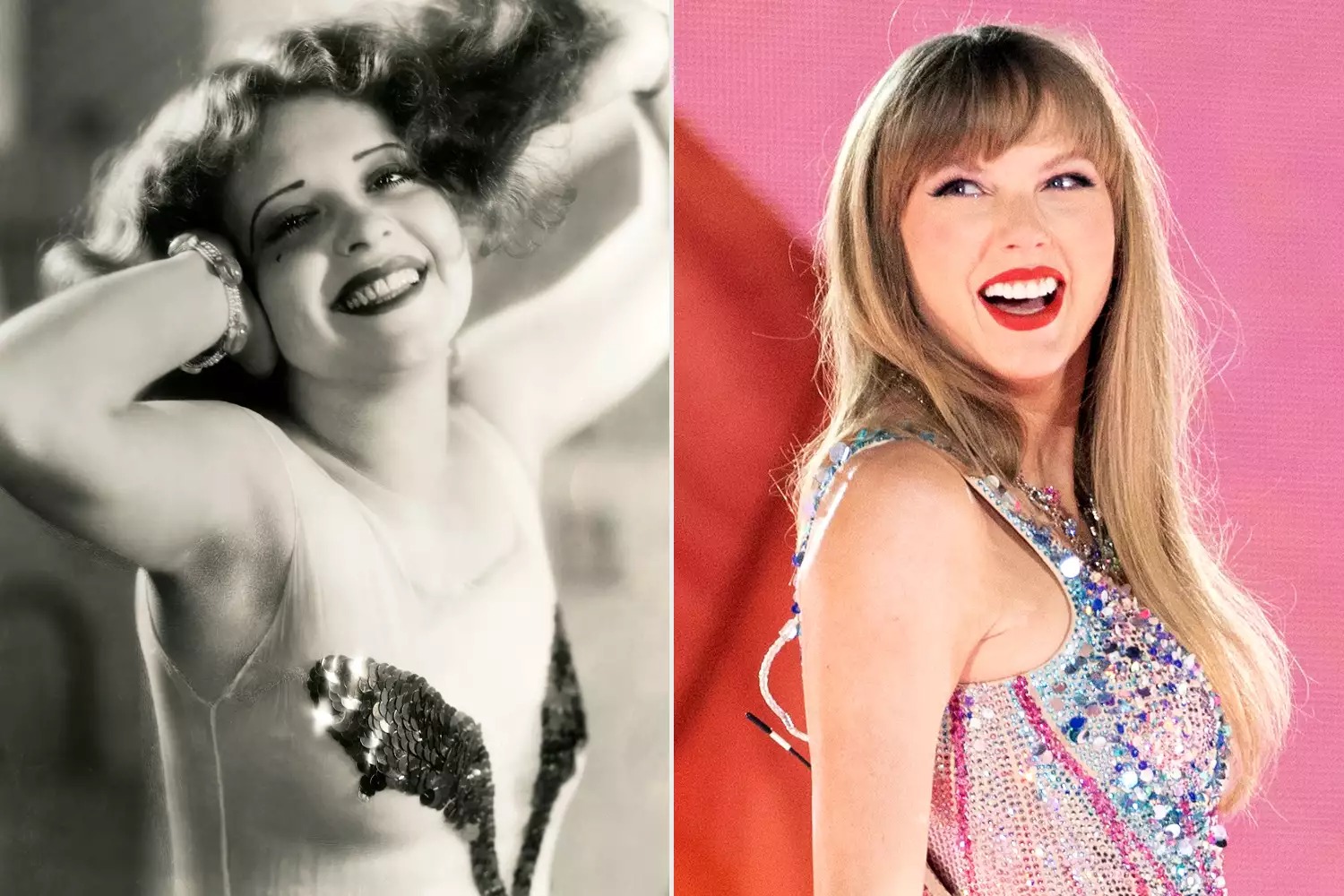
By replacing Clara Bow’s name with her own in the lyrics, Taylor emphasizes that she and Clara have endured the struggles that come with fame and suggests that other women will likely face similar challenges.
Clara Bow’s great-granddaughters, Nicole Sisneros and Brittany Grace Bell, shared that the song gave them “chills.” Bell noted that the lyric “You’d be picked like a rose” perfectly reflects how Clara might have felt as Hollywood’s It Girl.
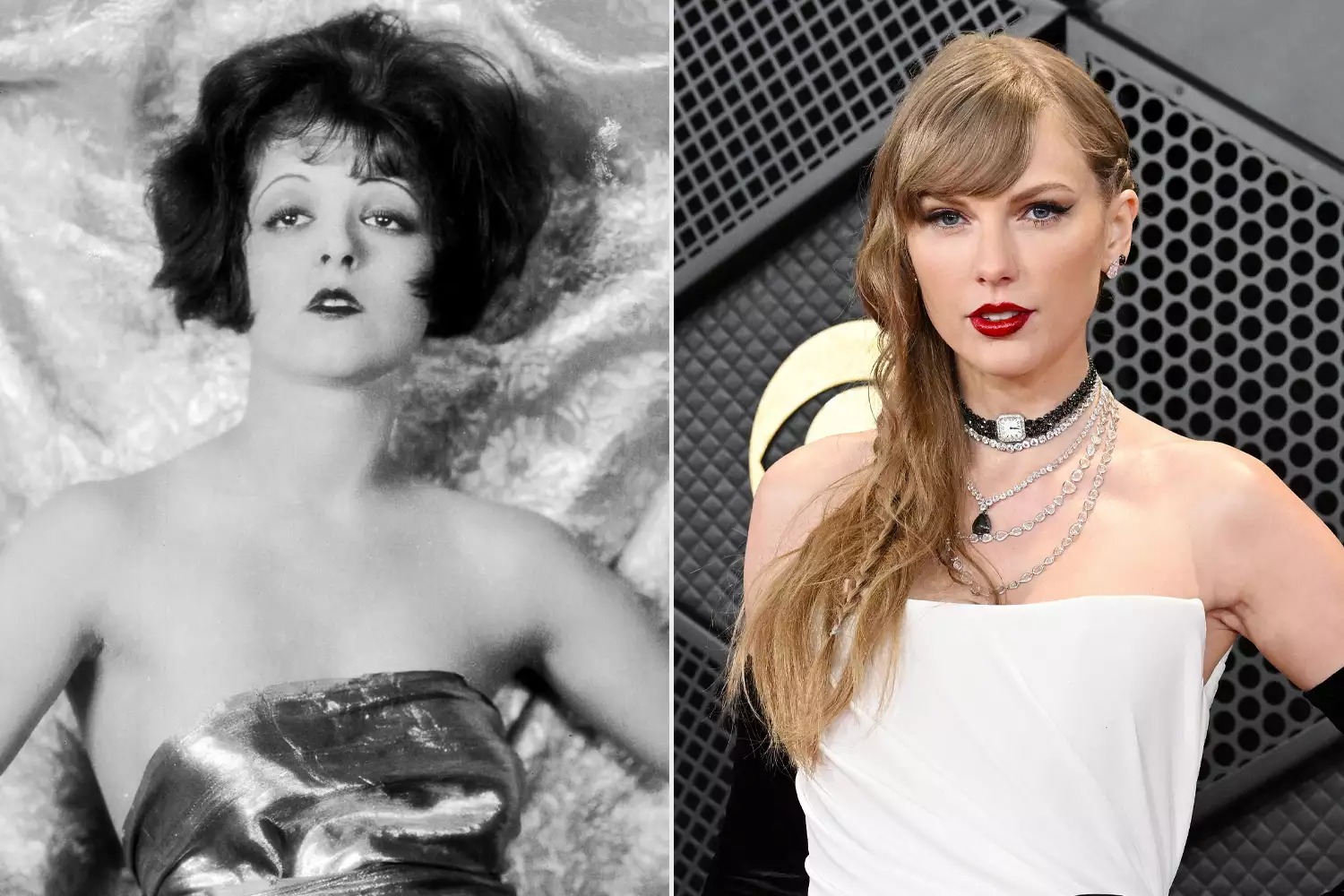
They also believe Clara would have felt a kinship and protectiveness over Swift.

